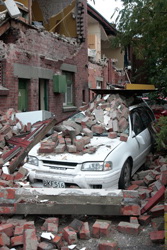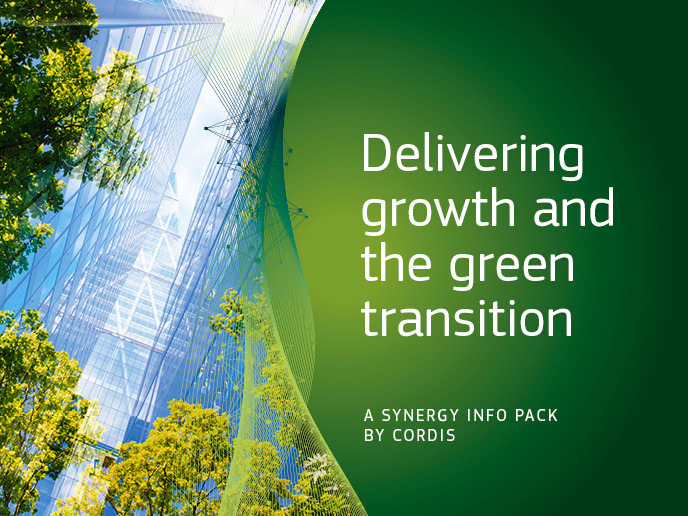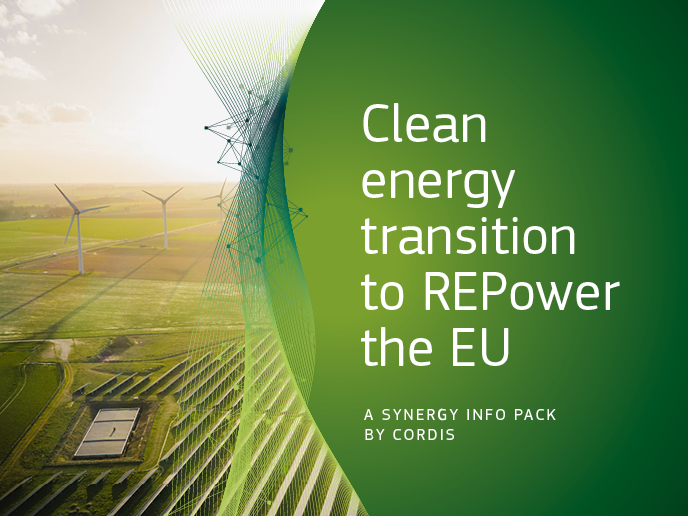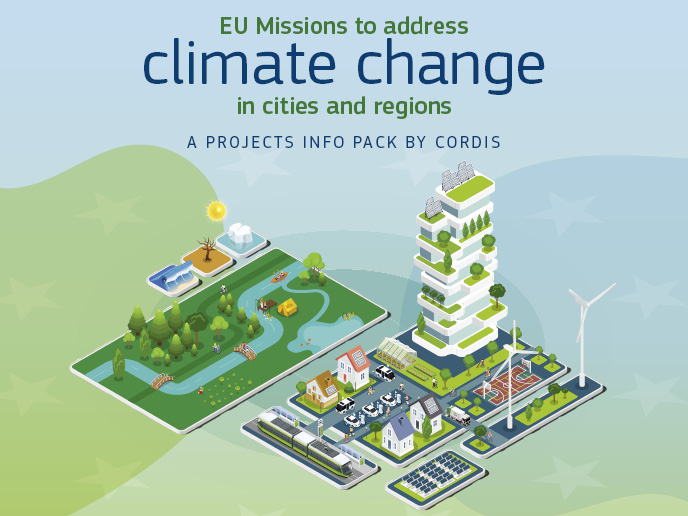Upgrading research capacity for reduced seismic risk
The 'Capacity building in earthquake research for risk reduction in urban environments' (CYBER) project was initiated in line with EU Sixth Framework Programme (FP6) activities focused on seismic risk reduction research and technology development. CYBER aimed at enhancing the capacity of Turkey's Middle East Technical University (METU) earthquake research centre. To increase the centre's technical capabilities, technical investigations and market research were carried out for the design of the most appropriate testing system. Team members visited laboratories with similar facilities and met with potential producers. Design and testing of the pseudo-dynamic testing facility (PsD) was realised and eventually assembled at the METU Earthquake Engineering Laboratory. The system was verified with tests conducted under cyclic and simulated earthquake excitations. A geographic information system (GIS) facility, missing from the centre but necessary for conducting seismic hazard, vulnerability and loss estimation studies, was prepared and established almost in full by the end of the project. Training activities for its operation took place at the Joint Research Centre (JRC). The latter was also involved in case studies on earthquake loss estimation simulation in a selected region in Turkey. Other CYBER objectives and efforts focused on networking, training of young scientists and increasing collaboration with related EU institutions.







